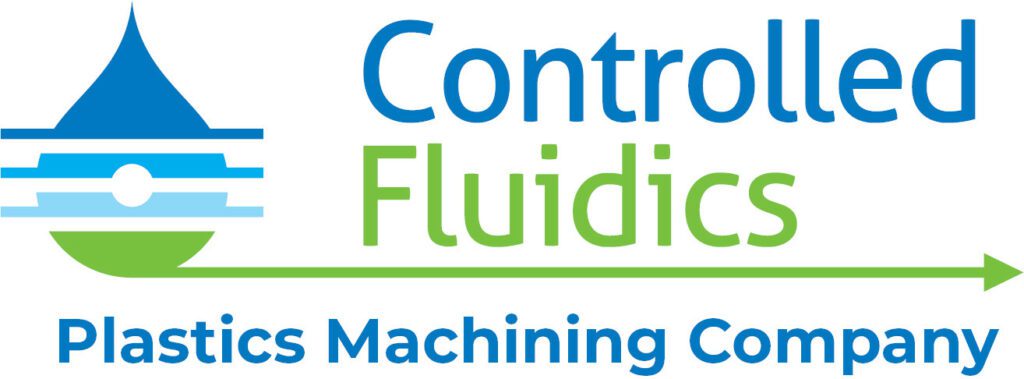
Works Well Under Pressure
In military operations, durability and adaptability are paramount. Before shipment, products undergo rigorous testing to ensure they meet and exceed the highest standards for strength, resilience, and performance under extreme conditions. Additionally, our adaptive manufacturing processes ensure quick production and delivery, supporting your mission-critical timelines without compromising on important factors.
Specialized Defense Solutions
We recognize that each mission is unique. That's why our team of experts collaborates closely with military partners to develop customized plastic solutions that align with specific operational requirements, whether it's for lightweight equipment, protective gear, or strategic infrastructure.


In Lock-Step with Security
Collaborate with our experts to enhance the security and performance of your materials. Our consultants provide insights into the latest advancements and technologies in plastics manufacturing for military applications. We adhere to US Defense Standard Mil-Std-105, Military Inspection System Specifications Mil-I-45208A, and Mil-C-45662.
Why Controlled Fluidics for Military & Defense Manufacturing
We meet military and governmental organizations where they are when it comes to their projects. Not every manufacturer can say that. While every project has their differences, we understand the intense needs the industry absolutely must meet. When it comes to military & defense device design and manufacturing, we have the expertise, experience, and technology to have the mission accomplished.
Customization for Strict Requirements
Recognizing that each military or defense project has their own set of requirements, we specialize in providing customizable solutions to create the most optimal device or component.
We make sure quality stands unsurpassed. Our rigorous quality control and assurance procedures ensure our facilities adhere to the highest standards for products used in the military.
We have strict adherences to regulatory requirements both governmental and not. We abide by the ISO standards among several others to provide peace of mind and longevity for products.
Our Services
We offer specialized plastic machining services and manufacturing for military devices, components, and even micromachining the smallest parts for compact assemblies when the need arises.
Streamlined Access to Advanced Materials
Our key partnerships place us in the unique position to get specialized composite and high-performance plastics quickly without compromising safety, quality, or reliability.
Prototyping & Design Support
Partner with us from concept to completion. Our team offers prototyping and design support to ensure that your vision manifests into a tangible and functional reality.
Sustainable Solutions
We work to ensure our eco-friendly manufacturing processes and materials contribute to a healthier planet while creating success and maintaining safety of those who serve on the front lines.
